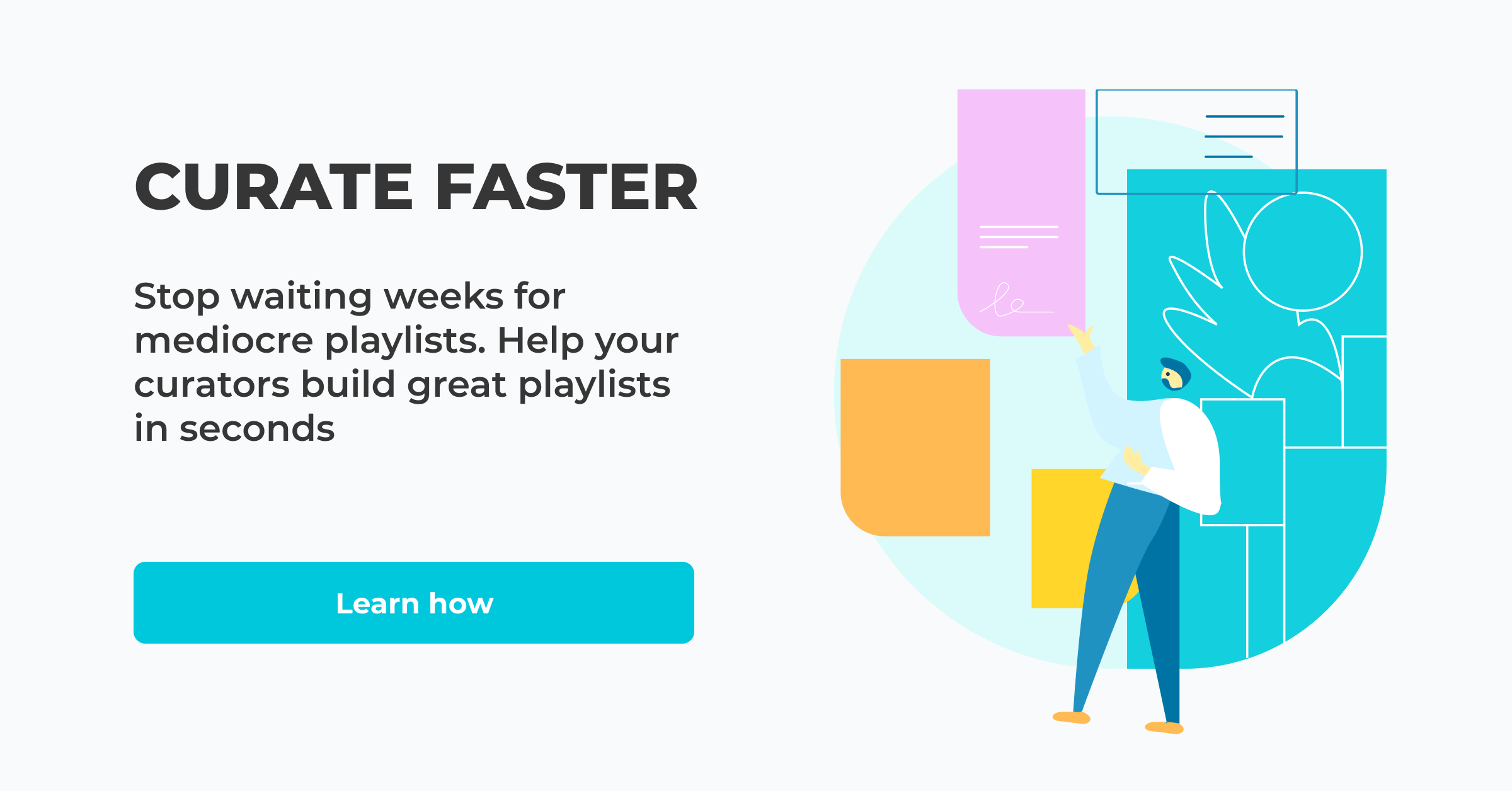In 2014, Marie Kondo published The Life-Changing Magic of Tidying Up: The Japanese Art of Decluttering and Organizing.
For many, the “KonMari” method (as it’s now referred to) definitely was “life-changing” and “magical,” as the book title suggests.
Millions of book sales later and a 2019 Netflix series aptly named, Tidying Up With Marie Kondo and KonMari has now become synonymous with decluttering and organising.
So how does the KonMari method fit into Learning & Development (L&D)? Simple. Organisations, especially larger ones, tend to have a content overload problem. There is much more to say about this, but suffice it to say… too much content negatively impacts the brain — primal instinct, fight or flight (or ignore and hope it goes away), and bias, to name a few.
Yet the solution is not always as simple as “less is more.”
This article will explore how content that is better aligned with the organisation's goals and individual employee skills is the answer to “too much content.”
Where Marie Kondo got it wrong
On a personal level, I’m a huge KonMari fan.
(You should see my closet!)
But the Marie Kondo idea of throwing out nearly all of your stuff is sometimes a bit too extreme.
Continuing with the household metaphor, we recycle or toss or donate a load of stuff when we tidy, but only after organising the “current content” and figuring out where overlap exists.
Tidying your garage? What if you find two old bicycles? As a former avid cyclist, you have a moment of “Yeah, but… maybe… I might…” Keeping both bikes doesn’t make a lot of sense (do they both really bring you joy?). But keeping one is reasonable.
So you sell/donate one bicycle and keep the other in case you want to go for a ride again soon.
The TL;DR (or DW) version of the method is only to keep the stuff that “sparks joy.” And for those items you do choose to part with, a quick but heartfelt “Thank you for your service” is the suggested manner of officially eliminating them from your home.
In other words, you align your level of bicycles against your level of needs. But, of course, if you were still an avid biker, you’d want a spare.
Trade out “bicycles” for L&D content, and you’ve got something to work with: Align the level of content/assets against the level of company/employee needs. But, don't throw out the champagne with the cork.
The problem with stacking your content
It’s super-common in the L&D space.
Content becomes outdated or stale or underutilized (shiny, more recent content is “better!”) OR you are in the ongoing process of upskilling. So you create or buy more content.
You stack your content. It’s normal. It’s common. It’s not terribly wrong.
Collectively, it can be a challenge to recall the specific reasons why each purchase or content creation was made. Why did we do that again? Was this content even necessary?
Paradoxically, the build-up of extraneous (often irrelevant) content makes it hard to re-use any of it. Confronted with the mess, it’s easier to build something new than search through what you have and repurpose it.
(Back to KonMari for a second).
The solution to an untidy drawer is not to close the messy drawer and buy a new chest of drawers. The answer: KonMari (aka “tidy”) the drawer!
Tidying (the learning content) drawer is a better, more efficient, less costly, and more ALIGNED way to organise your learning content.
But then you have a choice.
Buy vs build learning decisions.
Flip a coin! Heads = build. Tails = buy.
Bwaaahaaha, if it were only that easy.
Build decisions are costly, time-intensive, and often less-than-great content. It can take weeks to create mediocre content and months to create quality content.
Sometimes necessary, but be selective when building out content on your own … and then curate the rest.
Note: Your efforts may be better served by adding context and recreating some content versus building anything new.
Buy decisions have their own complications. Buying generally means a high cost per asset if the goal is to get content quickly and at low volume. Want a more competitive cost (think content aggregators like Go1 or OpenSesame)? It’s time for a big enterprise agreement.
Buying more content doesn’t necessarily save resources overall. Instead, the L&D budget is spent by paying (and often OVERpaying for one-off content. OR time is consumed engaging in a long supplier conversation. Neither of which are ideal.
However, whether your content purchase takes a short or long time, buying ultimately feeds the content beast. SPOILER ALERT: You (still) have too much content.
Even worse? Bulk purchases make it progressively harder to find the other stuff as soon as you turn it on.
Don't build. Don't buy. Consider aligning learning.
If neither building nor buying is the answer, what else is there?
Marie Kondo (full-circle) time!
Align learning content to the skills you want your organisation or team to develop.
Break. The. Content. Overload. Cycle.
How? Understand how your content aligns with your most important skills and begin the curation process based on the content currently living in your LXP.
Alignment means:
- Agreeing on your skills and their definitions
- Analysing your content under that lens. We call that Content Intelligence.
- Ensuring that #1 and #2 above are the gatekeepers for all new learning requests. If that ask does not align with #1, it’s time to either expand the focus or reject it.
But remember: Don’t just toss out every piece of content not aligned. But 100% look at it through a more critical, intentional lens.
TL;DR: Stop adding content you do not use that isn’t aligned with the skills your organisation has identified as essential to the business.


